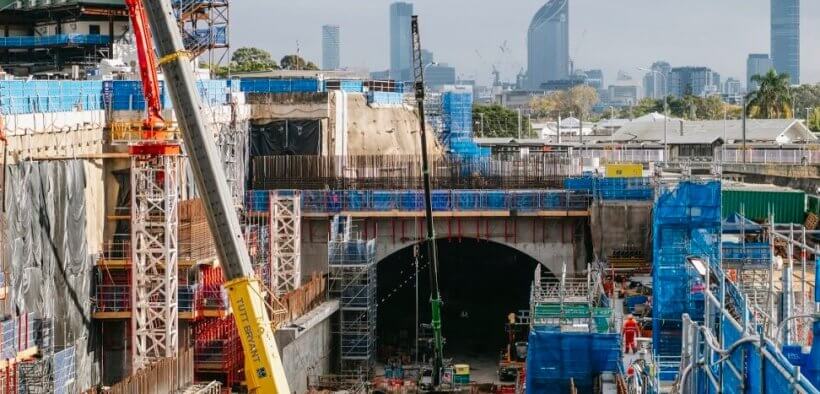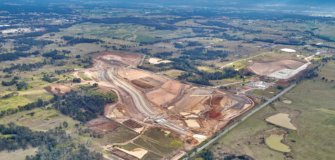Quensland major project pipeline grows by $22b to $92b
Martin Sinclair Feb 29

A recent report from the Queensland Major Contractors Association estimates major projects between 2023/24 and 2027/28 to be valued at $92 billion. This is a significant increase from the previous estimate of $71.3b in 2022 and $61.9b in 2021.
59% of the pipeline is funded ($54.4b), an increase in $37.6b with 41% unfunded, up from $33.7b in 2022. The share of unfunded project grows significantly in 2027/28, giving more uncertainty and prompting calls for more streamlined project approval processes.
The public sector continues to make up the majority of funded work, with 51% of project value (up from 49%). 2026/27 is set to be the strongest year of work since the resources boom in 2014.
High construction costs, coupled with rising domestic demand and supply constraints, create barriers that can limit pipeline capacity. Road and bridge construction costs continue to rise and are 7% higher than a year ago, with broader engineering construction costs remaining above historical averages.
Increased input costs, labour shortages and reduced availability of materials and equipment pose a real risk to the construction of major projects and may result in extensive delays, or even
cancellations.
Megaprojects dominate
Funded work is highly concentrated in ‘megaprojects’ (valued at over $1b). Megaprojects comprise over half (51%) of funded pipeline activity over the next three years, consistent with previous
iterations of the report. However, the ratio of projects valued at under $200m has fallen to 7% of major project work over the next three years, compared to an average of 14%.
Major project outlooks differ considerably by region. Compared to last year, funded work has declined by 23% in the Ipswich-Toowoomba-Logan region and 33% in Darling Downs-Maranoa, while increasing in all other areas. Wide Bay and Townsville have received the highest growth in pipeline funded work at 497% and 196%, respectively. Projects in the utilities (specifically electricity and defence) and mining and heavy industry sectors are the main drivers of this change.
For more information,visit the Queensland Major Contractors Association.










